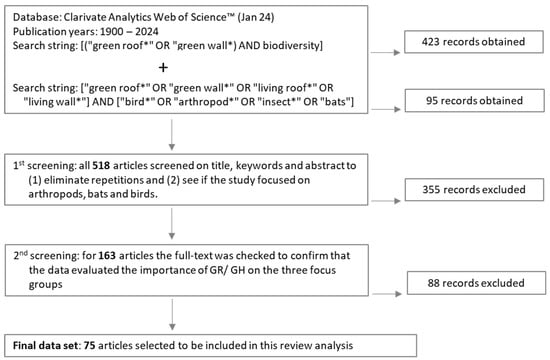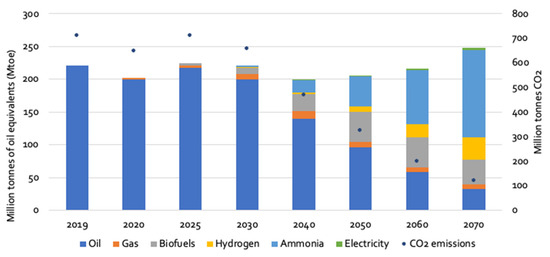Trends and Innovations in Environmental Impact Assessment
A topical collection in Environments (ISSN 2076-3298).
Viewed by 16183Editor
Interests: building energy; sustainable built environment; sustainable construction; life cycle assessment; energy life cycle; rehabilitation and sustainability
Special Issues, Collections and Topics in MDPI journals
Topical Collection Information
Dear Colleagues,
Environmental impact assessment (EIA) is one of the key processes in the preventive environmental approach and is mandatory in a wide range of countries and projects (e.g., agriculture, industry, commercial, services, infrastructures, urban projects, energy, tourism, and others). Environmental impact allows developers and decision makers to be preventive, identify the impact, define measures, and select alternatives to a full set of projects for better ecological and socio-economic integration and a support-integrated search for sustainable development. This topical collection invites research papers from various environmental impact issues to present articles emphasizing: (1) new trends, approaches, and cases of applications of environmental impact analysis; (2) project impact alternative selection; (3) defining environmental baseline (GIS and others) and environmental evolution without the project; (4) impact identification, prevision, and assessment; (5) integration of biodiversity, global warming, risk analysis, and other environmental factors; (6) feasibility analysis of environmental measures; (7) environmental public consultation and governance; (8) efficiency of environmental impact assessment processes; and (9) the link between strategical environmental assessment, environmental impact assessment, and sustainability. This environmental impact topical collection will provide an integrated view of trends and innovations in environmental impact.
Dr. Manuel Duarte Pinheiro
Collection Editor
Manuscript Submission Information
Manuscripts should be submitted online at www.mdpi.com by registering and logging in to this website. Once you are registered, click here to go to the submission form. Manuscripts can be submitted until the deadline. All submissions that pass pre-check are peer-reviewed. Accepted papers will be published continuously in the journal (as soon as accepted) and will be listed together on the collection website. Research articles, review articles as well as short communications are invited. For planned papers, a title and short abstract (about 100 words) can be sent to the Editorial Office for announcement on this website.
Submitted manuscripts should not have been published previously, nor be under consideration for publication elsewhere (except conference proceedings papers). All manuscripts are thoroughly refereed through a single-blind peer-review process. A guide for authors and other relevant information for submission of manuscripts is available on the Instructions for Authors page. Environments is an international peer-reviewed open access monthly journal published by MDPI.
Please visit the Instructions for Authors page before submitting a manuscript. The Article Processing Charge (APC) for publication in this open access journal is 1800 CHF (Swiss Francs). Submitted papers should be well formatted and use good English. Authors may use MDPI's English editing service prior to publication or during author revisions.
Keywords
- environmental impact trends
- environmental impact assessment (EIA)
- environment impact study (EIS)
- impact methodology
- impact cases innovation
- environmental public consultation and governance
- strategical environmental assessment (SEA)
- sustainability










